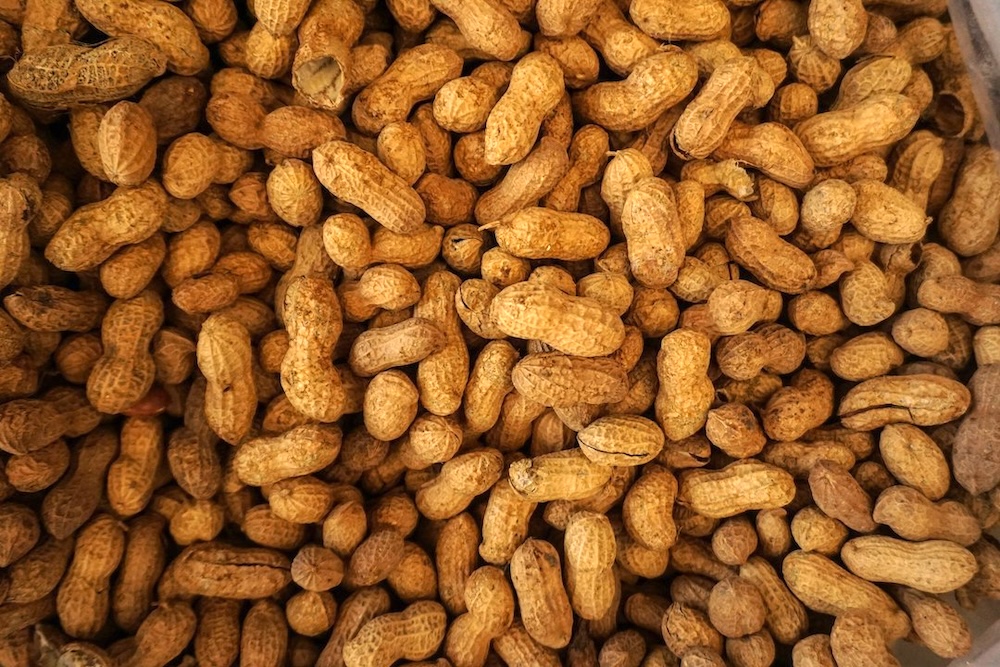Suffering from allergies? This diet might help

Think you’re allergic to something? The elimination diet will help you figure it out | Photo by Tom Hermans on Unsplash
Allergies are awful. Full stop. As of 2021, there are over 20 million people in the United States that suffer from food-related allergies. These allergies manifest themselves in symptoms like coughing, sneezing, hives, nausea, and even stomach problems. More intense allergies can even result in death.
There are scientific ways to figure out what you’re allergic or intolerant to. The most common one is the skin patch allergy test. This exposes you to common allergens by pricking a small amount of the allergen into your skin and seeing what reacts. Another way is through taking a series of blood tests to help pathologists figure out what types of allergens react with your body chemistry.
These types of tests can be mildly annoying to painful depending on the allergy. Depending on the procedures involved, it can also add up and cost a lot of money.
If you don’t have the money—or let’s be honest, the pain tolerance—for these tests, the elimination diet is an easy way to figure out what kinds of food you’re allergic to.
A crash course on the elimination diet
The elimination diet is a system to help you identify your food allergen or intolerance triggers by taking away types of foods for a period to clear it from your system. The food is then reintroduced, which will prompt a reaction if you’re allergic or intolerant to something in it.
The “elimination” part of the diet typically lasts at least two weeks (and up to five or six in some cases) to help remove all traces of the specific food from your system. A few symptoms of allergic reactions that happen once you reintroduce potential allergens into your diet are itching, tingling sensations in the mouth, and swelling of the lips.

The elimination diet is a system to help you identify your food allergen or intolerance triggers | Photo by Christin Hume on Unsplash
If you’re thinking about doing the elimination diet, it’s best to consult your physician beforehand. Some allergic reactions may be more averse than others, so being prepared with the help of your doctor will give you some peace of mind.
Getting started
Deciding on what foods to eliminate depends on you. You can start with a list of common allergens like crustaceans, wheat, soy, peanuts, and shellfish. From there, you can try to think of what foods your body reacts to after eating and add it on.
The elimination diet has three levels: simple, moderate, and strict. Each level has certain foods or food groups you have to avoid. The simple level eliminates one or two types of food or food groups.

The elimination diet has three levels: simple, moderate, and strict | Photo by Allen Rad on Unsplash
For the moderate level, you’ll have to avoid one or more different food groups, like dairy, nuts, processed meats, and the like. For the strict level, you’ll have to avoid most foods with an exception with a small list.
For any of the levels, you’ll have to avoid the food or food groups you’ve chosen for a two- to four-week period completely. Otherwise, you’ll have to start again. Even a small bite or accidental taste will require you to restart.
Helpful tips
It’s best if you spend the elimination weeks cooking for yourself instead of going out. If you do eat out, make sure to check the ingredients list. Cross contamination is something you have to be careful about when doing this diet.
When grocery shopping, check the labels and ingredient lists because what you’re buying might have something you’re trying to avoid. Many grocery items contain ingredients like peanut oil, soy, and wheat—even if they’re just snacks.
During the reintroduction period, always carry antihistamines in case of emergencies. You might find yourself in a situation where you react to a certain food item you didn’t expect. It would also be helpful to let the people around you know that you’re undergoing this type of diet so they can help with potential allergic reactions.

